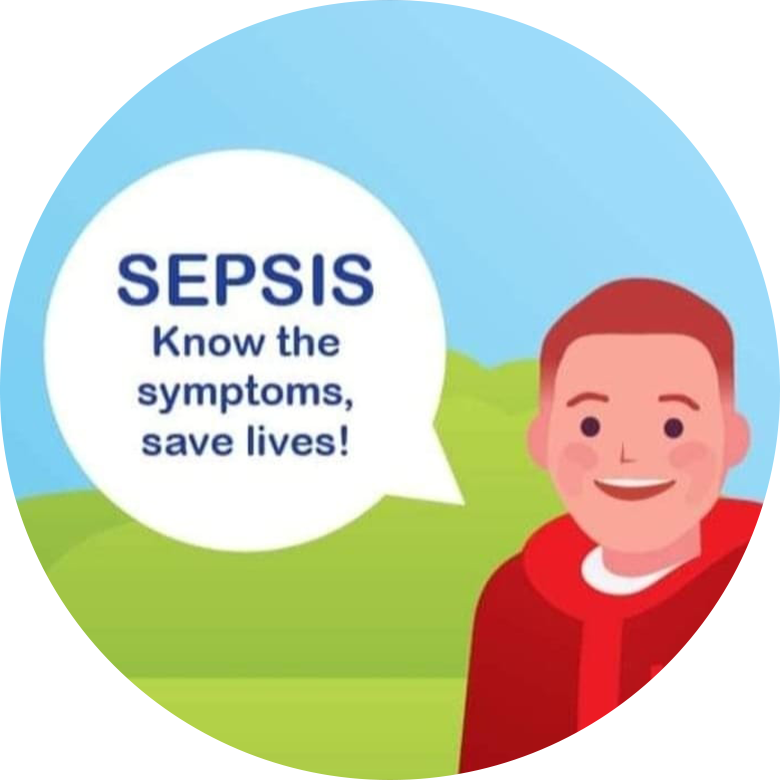Sepsis & meningitis
Meningitis is an infection of the protective lining around the brain and spinal cord (meninges) that’s caused by bacteria, virus or fungi invading the body. This can cause Septicaemia. Septicaemia is blood poisoning caused by the same bacteria as Meningitis, which triggers Sepsis.
Both meningitis and sepsis are serious, life-threatening illnesses and you must call 999 or 112 if you suspect you or someone else is showing symptoms of either condition. Meningitis can affect more than 2.5 million people globally each year, and while it can happen to anyone, it’s most common in babies, young children, teenagers and young adults.

